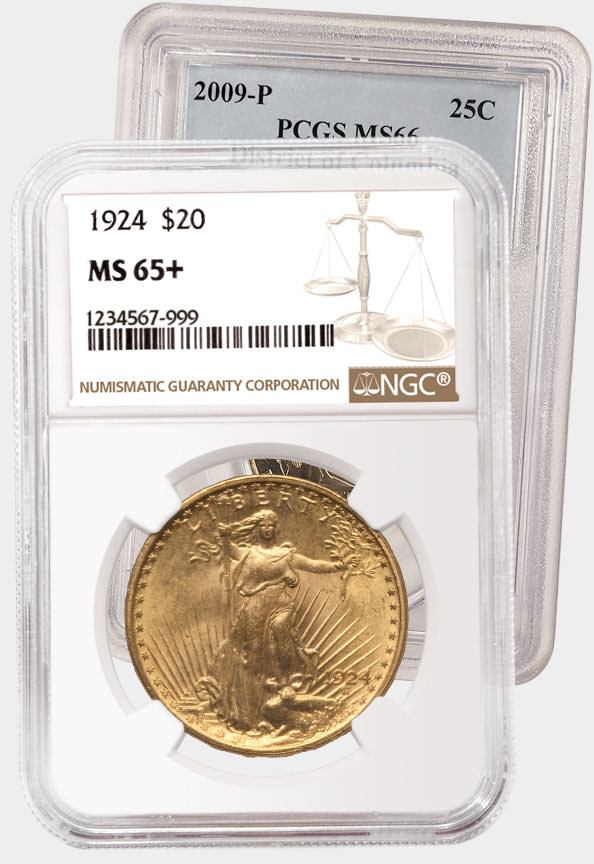Smithsonian Showcases Never-Before-Seen Pattern Coins in Traveling Display
Posted on 12/1/2006
NGC and NCS are presenting sponsors.
[WASHINGTON, DC] - Charles E. Barber, the sixth chief engraver at the U.S. Mint, designed some of America's most famous and best-loved coins. These included the Liberty Head 5-cent piece and a dime, quarter and half dollar. Less well known, but equally revealing of his style, are his drawings, patterns and commemoratives. The Smithsonian's National Museum of American History will display a selection of these for the first time at the Florida United Numismatic Convention Jan. 4-7, 2007, in Orlando, Fla. The second of four planned traveling displays, "Charles Barber's Numismatic Art," will showcase highlights of Barber's four decades of design at the U.S. Mint. Of particular interest are the only two known 1891 pattern half dollars and sketches that help illuminate Barber's design process.
Drawn from the National Numismatic Collection, the exhibition will feature more than 15 patterns and coins, including one of Barber's earliest creations, a pattern dollar from 1879, and a proposal for a Puerto Rican peso following the Spanish-American War.
"Through this new display, the Museum is excited to not only showcase some of these patterns and coins for the first time, but also to illustrate the intricate, creative process behind creating America's currency," said Brent D. Glass, director of the Museum.
Numismatic Guaranty Corporation of America and Numismatic Conservation Services, LLC are the presenting sponsors of the exhibition.
"The items on display are impossibly rare and very seldom seen, and we are very proud to help bring them to a wide and enthusiastic audience in Orlando," said Mark Salzberg, chairman of NGC and NCS. "Barber's patterns show powerful and uniquely American emblems, and they merit a fresh look, especially now as new coinage designs are being considered."
Barber worked at the U.S. Mint from 1879 to 1917, where he created numerous patterns. A pattern is a design struck for the purpose of evaluation. Only if the evaluators like the design and if it is technically feasible to produce, will it be adopted. One of Barber's ideas for a 5-cent piece and several of his ideas for silver coins went into production. Millions were in circulation by the turn of the century.
This display draws from the Museum's National Numismatic Collection, which consists of more than 1.5 million objects, including coins, medals and paper currency, and preserves the role of money in economic history. The Museum will travel additional displays to conventions in St. Louis in April 2007 and Milwaukee, Wis., in August 2007.
"Legendary Coins & Currency," at the Smithsonian Castle in Washington, D.C., displays 56 objects from the NNC through March 2007, featuring many objects that have never before been on view or have not been on view for many years. The coins, bills, medals and captivating oddities include a 1913 Liberty Head nickel, one of the most celebrated 20th-century coins; the 1877 "Half Union" ($50) pattern, the largest U.S. coin ever struck; the 1849 Double Eagle ($20), a significant reminder of the California gold rush; and the 1907 Saint-Gaudens Ultra High Relief Double Eagle ($20), often considered to be among America's most beautiful coins.
Released December 1, 2006, Smithsonian, National Museum of American History, Kenneth E. Behring Center. Contact (202) 633-1000 or visit americanhistory.si.edu for further information.
Stay Informed
Want news like this delivered to your inbox once a month? Subscribe to the free NGC eNewsletter today!
